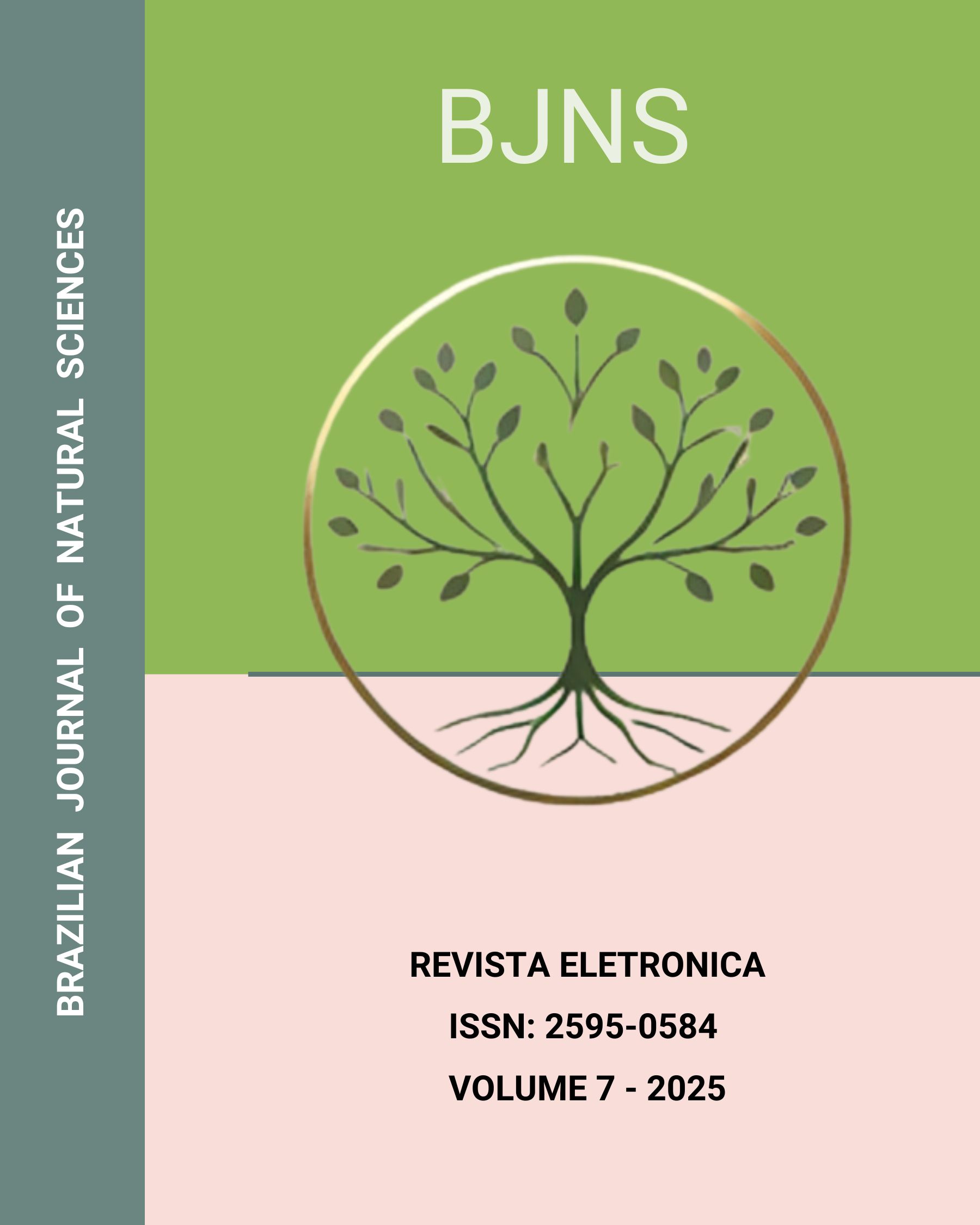TIME AND LIFE: A BIOLOGICAL AND EPISTEMOLOGICAL ANALYSIS OF TIME'S IRRELEVANCE IN BIOCHEMICAL REGULATION
Conteúdo do artigo principal
Resumo
ABSTRACT
This study presents a critical analysis of the concept of time as a regulatory quantity in living systems, exploring the hypothesis that time, although widely used as a descriptive reference in physics and social organization, does not exert a causal role on biochemical and physiological processes. Through an interdisciplinary approach involving physics, biology, and philosophy of science, the mutual dependence among SI units, particularly between the second and the meter, is examined, exposing the arbitrariness and anthropic construction of these references. Mechanisms of enzymatic and physiological regulation are discussed, highlighting their reliance on concentration gradients and electrochemical potentials, not on temporal measurements. Ultimately, the epistemological implications for understanding life are discussed, proposing that biology functions under its own internal logic, disconnected from chronological time. It is hypothesized that life emerged from what was physically present in the universe, and not from 'time', since the mechanisms that sustain life do not require time to exist.
Detalhes do artigo

Este trabalho está licenciado sob uma licença Creative Commons Attribution-NonCommercial-NoDerivatives 4.0 International License.
Declaração de Direito Autoral - Proposta de Política para Periódicos de Acesso Livre
Autores que publicam no Brazilian Journal of Natural Sciences (BJNS) concordam com os seguintes termos: 1 - Autores mantém os direitos autorais e concedem à revista o direito de primeira publicação, com o trabalho simultaneamente licenciado sob a Creative Commons Attribution License que permitindo o compartilhamento do trabalho com reconhecimento da autoria do trabalho e publicação inicial nesta revista. 2 - Autores têm autorização para assumir contratos adicionais separadamente, para distribuição não-exclusiva da versão do trabalho publicada nesta revista (ex.: publicar em repositório institucional ou como capítulo de livro), com reconhecimento de autoria e publicação inicial nesta revista. 3 - Autores têm permissão e são estimulados a publicar e distribuir seu trabalho online (ex.: em repositórios institucionais ou na sua página pessoal) a qualquer ponto antes ou durante o processo editorial, já que isso pode gerar alterações produtivas, bem como aumentar o impacto e a citação do trabalho publicado.
Este é um artigo de acesso aberto sob a licença CC- BY
(http://creativecommons.org/licenses/by/4.0)
Referências
BARBOUR, J. The End of Time: The Next Revolution in Physics. Oxford University Press, 1999.
BERGSON, H. Duration and Simultaneity. New York: Bobbs-Merrill, 1965.
CAPRA, F. The Turning Point. New York: Simon & Schuster, 1982.
DODD, A. N. et al. The plant circadian clock differentially regulates sucrose metabolism during diel cycles. Nature Plants, v. 1, 2015.
EINSTEIN, A. Relativity: The Special and the General Theory. New York: Crown, 1961.
FREEMAN, W. J. How Brains Make Up Their Minds. Columbia University Press, 2000.
HEIDEGGER, M. Being and Time. New York: Harper & Row, 1962.
LEHNINGER, A. L. Principles of Biochemistry. 5th ed. New York: W. H. Freeman, 2004.
MONOD, J. Chance and Necessity. New York: Vintage Books, 1972.
NELSON, D. L.; COX, M. M. Lehninger Principles of Biochemistry. 6th ed. New York: W. H. Freeman, 2012.
ROCHA, F. A. Time and Complexity in Biology. Revista Filosofia e História da Biologia, v. 9, 2014.
ROSENBERG, A. Philosophy of Science: A Contemporary Introduction. Routledge, 2020.
SACKMANN, E. Biological membranes architecture and function. In: Handbook of Biological Physics. v. 1, 1995.
MATURANA, H. R.; VARELA, F. J. The Tree of Knowledge: The Biological Roots of Human Understanding. Boston: Shambhala, 1992.


